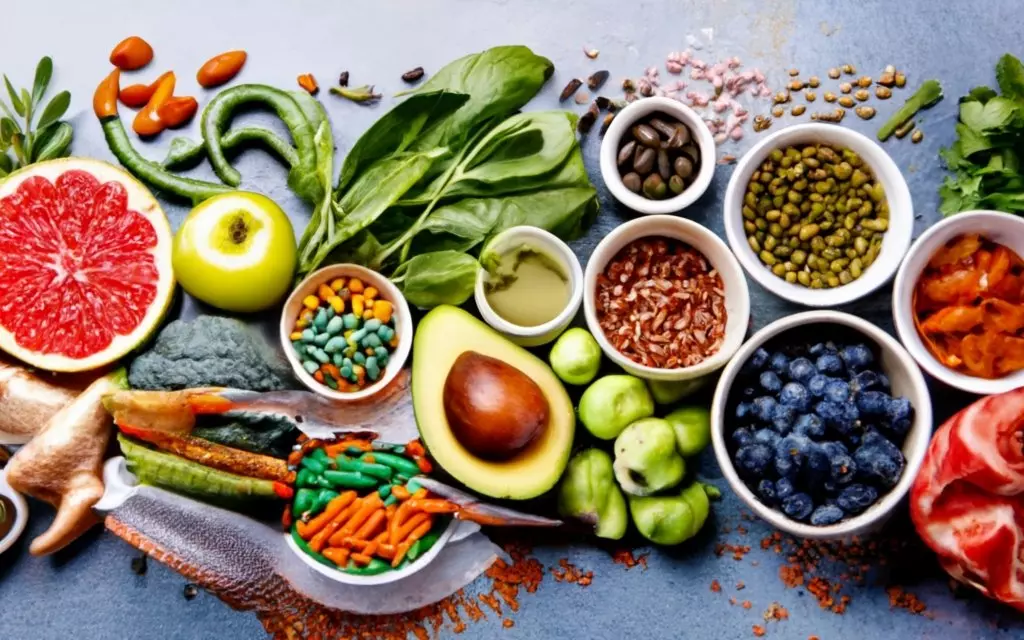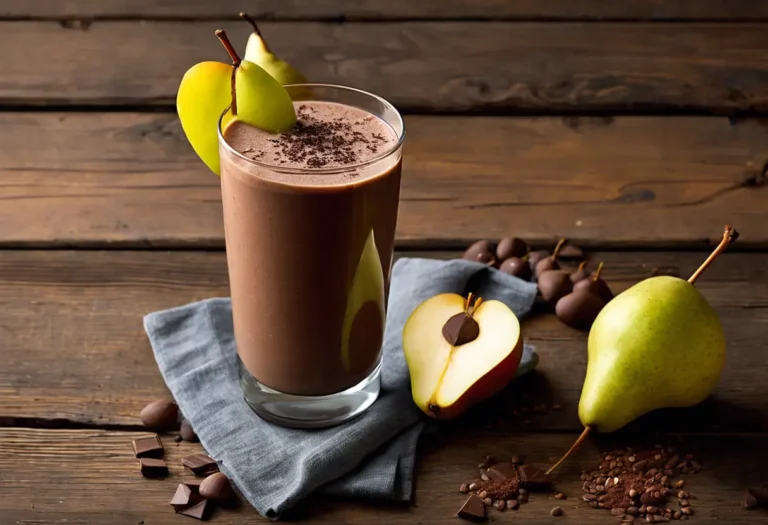If you’re a diabetic interested in trying a low carb diet for Diabetics control and weight management, this comprehensive guide is for you.
As a beginner, transitioning to low carb eating can seem daunting. But with the right information and smart strategy, you can successfully reduce your carb intake in a healthy, sustainable way.
This detailed beginner’s guide will walk you through everything you need to know to start a low carb diet as a diabetic. You’ll learn about the benefits of low carb eating, which foods to enjoy and avoid, meal planning tips, safety precautions, and much more.
Whether you have Type 1, Type 2, or gestational diabetes, this guide will help you get started on the low carb path to better manage your blood sugar and improve your health.
What is a Low Carb Diet?
A low carb diet is a way of eating that restricts carbohydrates, such as sugars and starches. It emphasizes foods high in protein and healthy fats. The goal is to manage blood sugar levels and improve health.
Why Follow a Low Carb Diet with Diabetes?
Some benefits of a low carb diet for diabetics include:
- Better blood sugar control – Lowering carbs can help keep blood sugar stable.
- Weight loss – Reducing carb intake often leads to calorie deficit and weight loss.
- Reduced reliance on medication – With better blood sugar control, some diabetics can use less medication.
- Lower triglycerides – Many see improvements in blood triglyceride and cholesterol levels.
Foods to Eat on a Low Carb Diabetic Diet

When starting a low carb diet, focus on nutrient-dense whole foods:
Proteins
- Meat: beef, pork, lamb, poultry
- Fish and shellfish
- Eggs
- Tofu and tempeh
Fats
- Oils: olive oil, avocado oil, coconut oil
- Nuts and nut butters
- Seeds
- Coconut
- Full-fat dairy
Non-starchy vegetables
- Leafy greens: spinach, kale, lettuce
- Broccoli, cauliflower, cabbage
- Asparagus, green beans, peppers
- Mushrooms, onions, garlic
- Tomatoes, cucumbers, zucchini
Foods to Limit on a Low Carb Diet
To lower carb intake, limit or avoid:
- Grains: bread, pasta, rice, cereal
- Starchy vegetables: potatoes, sweet potatoes, corn
- Legumes: beans, lentils, peas
- Fruit: especially high-sugar fruits like bananas
- Sugary foods: soda, juice, candy, desserts
- Processed low-fat foods
Low Carb Diet Guidelines
Here are some typical carb intake guidelines for a low carb diet:
- 20-50 grams of net carbs per day
- Focus on non-starchy vegetables
- Moderate amounts of nuts, seeds, avocado, berries
- Limit grain-based foods and sugary sweets
7-Day Sample Low Carb Meal Plan for a Diabetic
When starting a low carb diet as a diabetic, planning out meals and snacks will set you up for success. Here is a sample low carb meal plan to use as a guide:
Day 1
Breakfast
- For breakfast, make a frittata with spinach, mushrooms, and cheddar cheese.
Lunch
- Enjoy tuna salad wrapped in lettuce leaves with celery sticks for lunch.
Dinner
- For dinner, make chicken curry served over cauliflower rice.
Day 2
Breakfast
- Start your day with Greek yogurt topped with walnuts and berries.
Lunch
- Have leftover chicken curry with a side salad for lunch.
Dinner
- Roast some salmon with Brussels sprouts for dinner.
Day 3
Breakfast
- Whip up a veggie omelet with avocado for breakfast.
Lunch
- Lunch can be roast beef lettuce wraps with a dill pickle.
Dinner
- Make meatballs with zucchini noodles and marinara sauce for dinner.
Day 4
Breakfast
- Chia pudding made with coconut milk and cinnamon makes a tasty breakfast.
Lunch
- An open-faced egg salad sandwich on one slice of low-carb bread is a solid lunch option.
Dinner
- Enjoy a bun-less bacon cheeseburger with oven-baked zucchini fries for dinner.
Day 5
Breakfast
- Blend up a protein-packed smoothie with spinach, almond butter, and protein powder for breakfast.
Lunch
- Lunch can be a loaded cauliflower soup.
Dinner
- Steak fajitas with sautéed peppers and onions (skip the tortilla) make a delicious dinner.
Day 6
Breakfast
- Start your morning with scrambled eggs paired with smoked salmon and avocado.
Lunch
- Stuff chicken salad into bell peppers for a filling lunch.
Dinner
- Roast some pork tenderloin to enjoy alongside creamy cauliflower mash and green beans for dinner.
Day 7
Breakfast
- Enjoy a low-carb cheesecake protein muffin for breakfast.
Lunch
- Leftover pork makes a tasty lunch salad topping.
Dinner
- Zucchini boats stuffed with pesto chicken are perfect for dinner.
Aim for 3 balanced meals and 1-2 snacks like nuts, hard-boiled eggs, and berries. Drink plenty of water and moderate your fat intake.
This sample provides low carb meal ideas you can mix and match. Adjust serving sizes and meals to meet your calorie needs and diabetes medication regimen.
Consult your healthcare provider for any needed adjustments to insulin or medications when starting a low carb meal plan.
Low Carb Diet Tips for Diabetic Beginners
If you’re new to low carb eating, keep these tips in mind:
- Gradually reduce carbs – Cut back slowly instead of all at once to minimize effects like keto flu.
- Focus on portion sizes – Protein and fat are calorie-dense, so pay attention to serving sizes.
- Read nutrition labels – Check carb counts, ingredients, and servings per container.
- Meal prep – Plan ahead and cook large batches to have low carb meals on hand.
- Stay hydrated – Drink water consistently, as dehydration can mimic hunger.
Is a Low Carb Diet Safe with Diabetes?
For most diabetics, a low carb diet is safe under medical supervision. But it’s not right for everyone. Talk to your doctor before making major diet changes.
Potential benefits often outweigh the risks. But monitor for potential issues like:
- Hypoglycemia – Lower carb intake can increase hypoglycemia risk for those on insulin or certain medications. Medications may need adjustment.
- Nutrient deficiencies – Strict low carb diets may lack fiber, vitamins, and minerals. Take a multivitamin if needed.
- Ketoacidosis – Primarily a concern for Type 1 diabetics. Test ketones and monitor symptoms.
- Constipation or diarrhea – Abrupt fiber reduction can affect digestion. Increase non-starchy veggies.
- Kidney problems – Those with kidney disease should be cautious with high protein intake.
Common Mistakes to Avoid on a Low Carb Diet as a Diabetic
Transitioning to a low carb way of eating takes some adjustment. Here are some common mistakes to be mindful of:
Not monitoring blood sugar – Check glucose levels regularly, especially when first starting out. A low carb diet can increase hypoglycemia risk for those on insulin or certain medications. Work with your doctor to make any needed medication adjustments.
Overdoing protein – Consuming too much protein can stress the kidneys. Those with kidney issues should be cautious with high protein intake. Aim for moderate portions of meat, fish, eggs, dairy and plant proteins like legumes and soy.
Under-eating veggies – Non-starchy vegetables are unlimited on low carb. Make sure to get 2-3 servings at meals for key nutrients like fiber, vitamins and minerals.
Overdoing unhealthy fats – Focus on getting fats from whole food sources like olive oil, nuts, seeds and avocado. Limit processed and fried foods with unhealthy trans or saturated fats.
Not staying hydrated – Drink plenty of water and limit diuretics like coffee and alcohol. Dehydration can mimic hunger on a low carb diet.
Letting cravings derail you – Give in to cravings occasionally by planning for a sensible portion of your favorite treat. Don’t use slip-ups as an excuse to abandon your low carb diet completely.
Ignoring portion sizes – Nuts, cheese and fatty meats are very calorie dense. Even on low carb, calories matter for weight management. Practice proper portion control.
Missing meals and snacks – Skipping meals can lead to poor food choices when hunger sets in. Plan balanced meals and snacks to stay satisfied on low carb.
Staying mindful of potential pitfalls will help you stick to a low carb eating pattern safely and effectively as a diabetic. Discuss concerns with your healthcare team.
Common Low Carb Diet Questions
How many carbs should I eat per day?
- For a moderate low carb diet, aim for 50-130 grams of total carbs daily. For a strict low carb diet, stay under 50 grams per day.
What are net carbs?
- Net carbs are total carbs minus fiber and sugar alcohols. Focus on net carbs when tracking intake.
What about fruits and vegetables?
- Choose low glycemic, non-starchy vegetables liberally. Limit high sugar fruits, opting for small portions of berries.
Can I drink alcohol?
- Dry wines and spirits contain minimal carbs. Limit beer and sweet cocktails. But be cautious – alcohol can lower inhibitions around food choices.
How much fat should I eat?
- Fat intake depends on individual calorie needs and diet style. Focus on getting fats from healthy whole food sources.
When will I see results?
- Benefits like improved blood sugar may happen within days or weeks. Weight loss results vary, but many see improvements in a month.
Sustainable Low Carb Eating Habits
With some adaptations, a low carb diet can be maintained long-term:
- After the initial transition, experiment with slowly adding in healthier carb sources like berries, legumes, and gluten-free whole grains.
- Focus on food quality. Emphasize whole, minimally processed foods as often as possible.
- For social events, enjoy sensible portions of special occasion foods then return to your regular low carb eating pattern.
- If cravings strike, know they are normal and temporary. Stay hydrated and get enough healthy fats and protein at meals.
- See your doctor regularly to monitor blood work and adjust medications as needed.
Conclusion
Transitioning to a low carb diet as a diabetic beginner takes some adjustment. But with the right approach, most find success in improving blood sugar control and health over the long-term. Focus on low glycemic whole foods, pay attention to portions, and make sure to monitor your health with your doctor.






